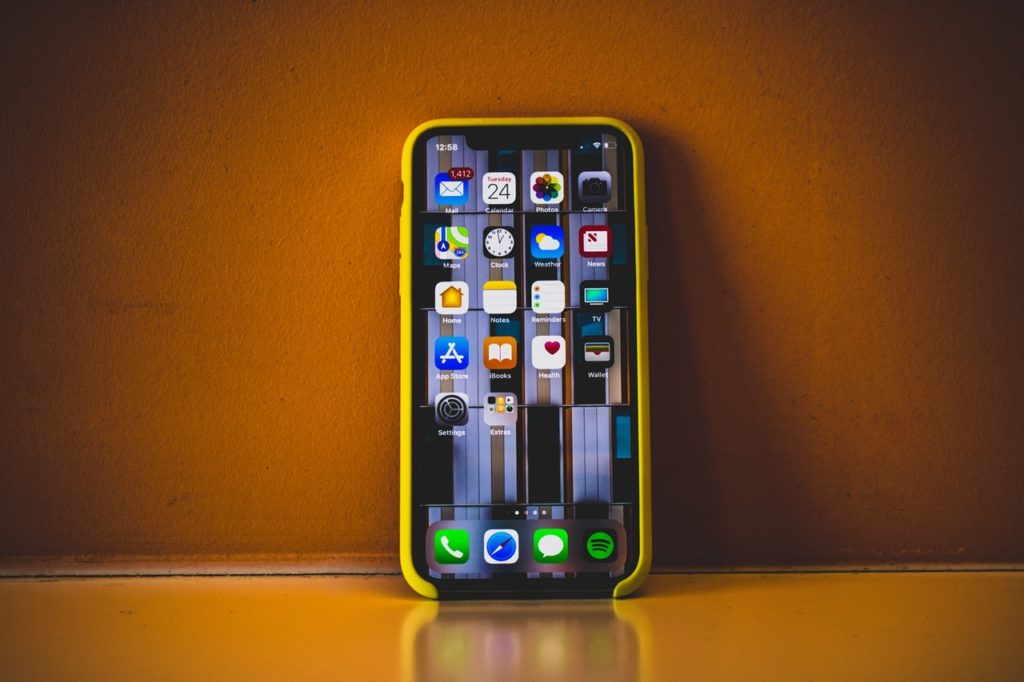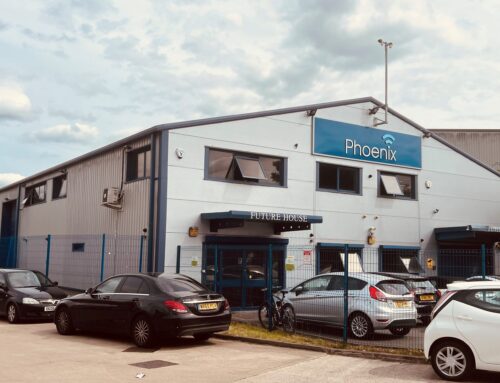 There is little doubt that the graded phones market is a growth industry that is starting to attract serious attention. Almost every report you read about current performance and future forecasts depicts a sector in rude health, with a future that will get rosier and rosier.
There is little doubt that the graded phones market is a growth industry that is starting to attract serious attention. Almost every report you read about current performance and future forecasts depicts a sector in rude health, with a future that will get rosier and rosier.
For example, Counterpoint reported earlier this year that the global second hand phone market grew 13% year-on-year in 2017, a full 10 percentage points more than the new smartphone market. The 140m units that changed hands meant that used smartphones accounted for 10% of the overall market. IDC predicts the market will be worth more than $50bn worldwide by 2022, with Persistence forecasting a long-term CAGR of 9.8% to 2026.
Which begs the question – what is driving all of this growth?
There are various theories, all of which no doubt play a part. One is that as the costs of new smartphones have continued to soar, levels of innovation have started to decline, with the effect that consumers see less and less value in buying the latest releases. Better repair options, real terms wage decline and ever increasing choice of second hand devices are all potential contributory factors.
One idea that does not get as much attention is that the emergence of grading systems for used phones has helped to build consumer trust in the second hand market. Phone gradings are based on a thorough assessment of a device, looking at factors such as physical wear and tear, functionality and performance, in order to inform pricing.
Guaranteed quality
At Phoenix Cellular, for example, we put every phone we stock through a rigorous 20-point check, carried out by experienced technicians before deciding on a grading. Our gradings, Grade A Pristine, Grade A/B, Grade B- and Grade C, categorise each handset on a scale from ‘almost perfect’ to what we consider to be average wear and tear. Not only do these help our clients price devices for resale, they also provide consumers with a handy guide as to what they can expect for their money.
Although graded phones represent a considerable cost saving for end users compared to brand new devices, they still want to be sure that they are getting a device that is in good working order that will function effectively for a reasonable length of time. The problem with the second hand market as it originally grew up – based mainly around informal, peer-to-peer sales – was that purchasers had little scope for checking the quality of what they were buying.
Even as the industry began to formalise with wholesale traders and retailers moving in, until relatively recently it was difficult to carry out the kind of in-depth assessments we are speaking about consistently and at scale. Phoenix Cellular have dedicated diagnostic solutions that can quantify everything from touchscreen response to the health of operating systems and firmware, providing a clear, consistent basis for grading thousands of handsets.
Thanks to this diagnostic efficiency, wholesalers and traders have been able to extend the use of gradings rapidly. We believe this has helped build consumer trust in graded phones, giving them an objective basis on which to judge quality and value, which in turn has helped to drive growth in the market.


